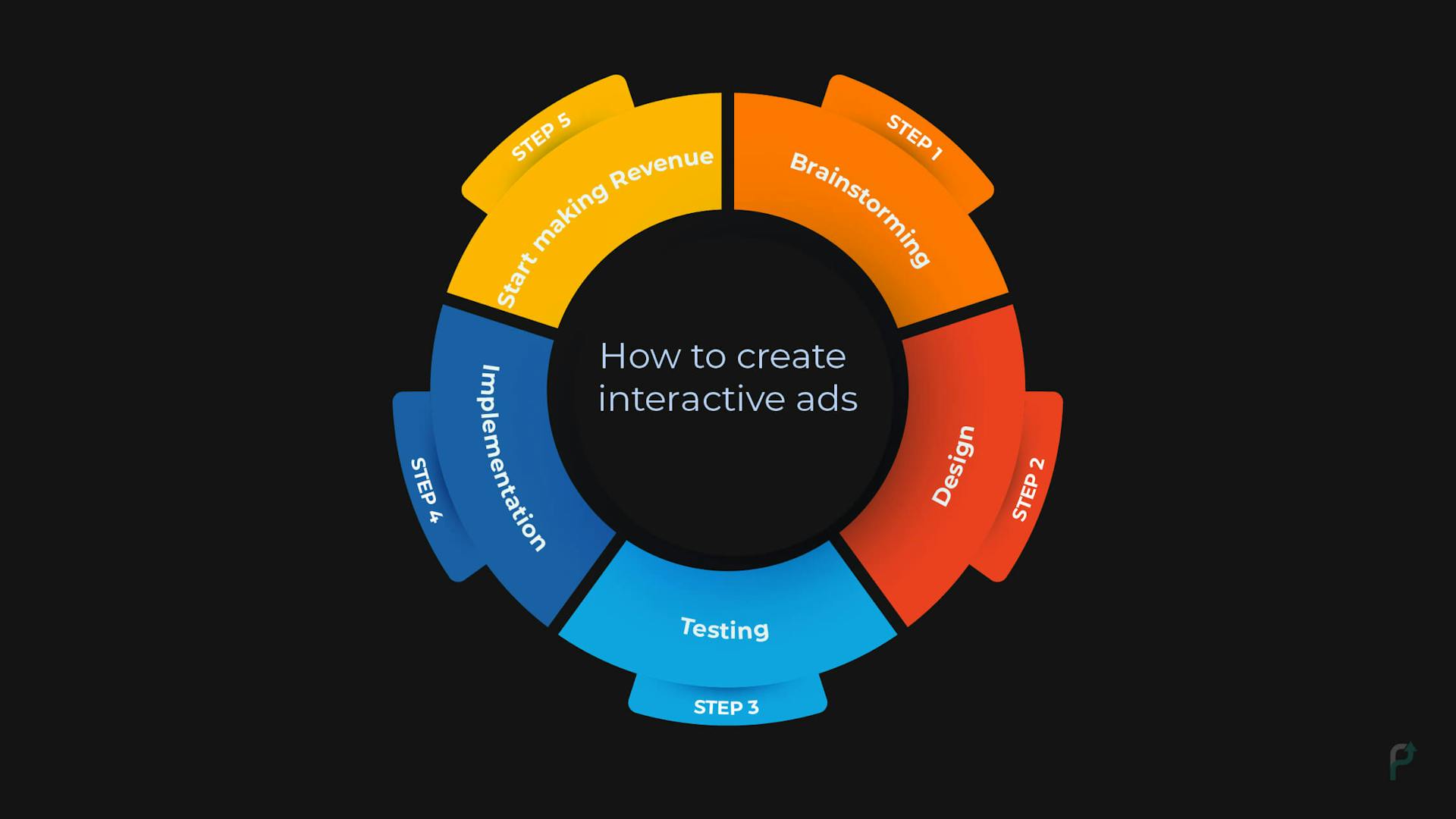Back to Glossary
Interactive Advertising
 Interactive advertising
Interactive advertisingInteractive advertising has emerged as a powerful tool for game developers seeking to monetize their creations effectively. This innovative approach not only captures users' attention but also provides a unique and engaging experience. In this article, we'll delve into the realm of interactive ads, exploring their various facets, advantages, and strategies for implementation.
What is interactive advertising
Interactive advertising is a dynamic form of marketing that encourages user engagement, requiring active participation rather than passive consumption. Unlike traditional ads, which convey information one way, interactive ads prompt users to interact with the content, creating a more memorable and personalized experience.
Different types of interactive advertising
- Gamified Ads: Incorporating game elements into advertisements to make them enjoyable and interactive.
- 360-Degree Videos: Offering an immersive experience by allowing users to explore the ad from different angles.
- Augmented Reality (AR) Ads: Overlapping digital elements onto the real world through mobile devices, enhancing user engagement.
- Interactive Social Media Ads: Encouraging users to like, share, or comment on ads, creating a sense of community.
How to create interactive ads
Incorporating an effective interactive advertising strategy involves careful planning and execution. Consider the following sub-points:
 How to create interactive ads
How to create interactive ads-
Define Clear Objectives
Outline specific goals for your interactive ad, whether it's driving brand awareness, increasing user engagement, or boosting conversions.
Ensure that your objectives align with the overall marketing strategy for your game.
-
Audience Segmentation
Divide your target audience into segments based on demographics, interests, and behaviors.
Tailor interactive elements to resonate with each segment, maximizing the impact of your interactive advertising campaign.
-
Platform Selection
Choose platforms that align with your game's audience. Consider social media, mobile apps, or in-game placements based on user behavior.
-
Interactive Storytelling
Craft a compelling narrative that encourages user participation.
Develop a storyline that seamlessly integrates interactive elements, keeping users engaged from start to finish.
Why use interactive ads
An effective interactive advertising strategy contributes to the success of your campaigns. Explore the following sub-points:
-
Strategic Planning
Develop a detailed plan that outlines the role of interactive ads within your overall marketing strategy.
Consider the timing, frequency, and sequencing of interactive advertising campaigns to maintain user interest.
-
Dynamic Content Updates
Implement a strategy for regularly updating interactive content to keep it fresh and relevant.
Dynamic updates maintain user interest and encourage repeat engagements with your interactive ads.
-
Integration with Marketing Channels
Align interactive ads with other marketing channels to create a cohesive brand experience.
Ensure consistency in messaging and design across interactive advertising campaigns and traditional marketing channels.
Advantages and disadvantages of interactive marketing
The following points will highlight the advantages of incorporating an effective interactive advertising strategy into your campaigns.
-
Increased Campaign Effectiveness
A well-planned interactive advertising strategy enhances the overall effectiveness of your advertising campaigns. User engagement and interaction contribute to higher conversion rates and improved campaign performance.
-
Data-Driven Insights
Leverage interactive elements to gather valuable data on user preferences and behaviors. Use this data to refine your advertising strategy, ensuring it aligns with the evolving needs of your audience.
-
Strategic Campaign Analytics
Implement analytics tools to measure the success of your interactive advertising campaigns. Analyze user interactions, time spent, and conversion rates to optimize future campaigns.
Explore potential challenges associated with interactive ads:
-
Technical Challenges
Developing interactive ads may pose technical hurdles.
Ensure your team is equipped to handle the technical aspects of interactive content creation.
-
Resource Intensive
Creating interactive content can be more time and resource-consuming.
Plan accordingly to allocate the necessary resources for a successful interactive advertising campaign.
-
Compatibility Issues
Ensuring compatibility across various devices and platforms can be challenging.
Test your interactive ads thoroughly to address any compatibility issues and provide a seamless user experience.
Interactive Marketing Examples
Explore successful examples of interactive advertising campaigns:
- IKEA Place App: IKEA's augmented reality app allows users to virtually place furniture in their homes, providing an immersive shopping experience. Learn more about IKEA Place.
- Snapchat Lenses: Snapchat's interactive filters, known as Lenses, allow users to apply augmented reality effects to their selfies, creating an engaging and shareable experience. Explore Snapchat Lenses.
Conclusion
In the competitive landscape of game development, incorporating interactive ads is a strategic move for game monetization. By understanding the types, creation process, and advantages of interactive ads, game developers can create compelling campaigns that resonate with their audience, leading to increased engagement and revenue. Embrace the interactive revolution and unlock the full potential of your advertising strategy.
The only ad platform built for developers by developers.
Contact us now for a product that fits your needs! It’s quick, simple and easy.
